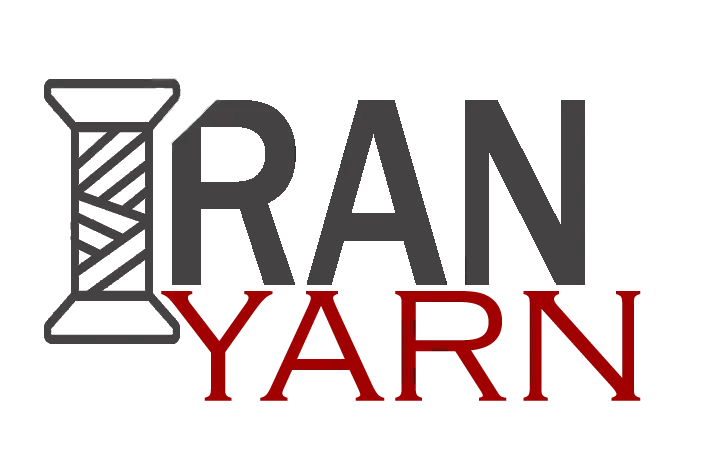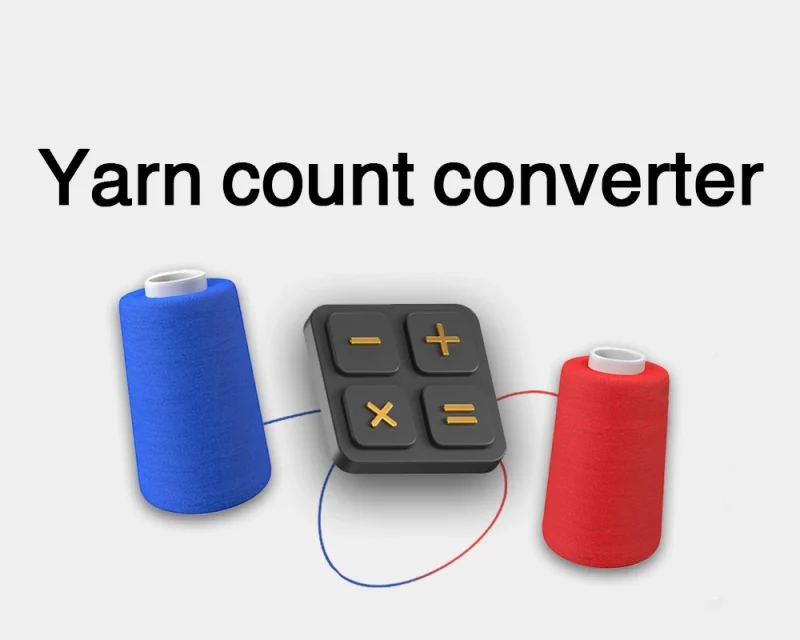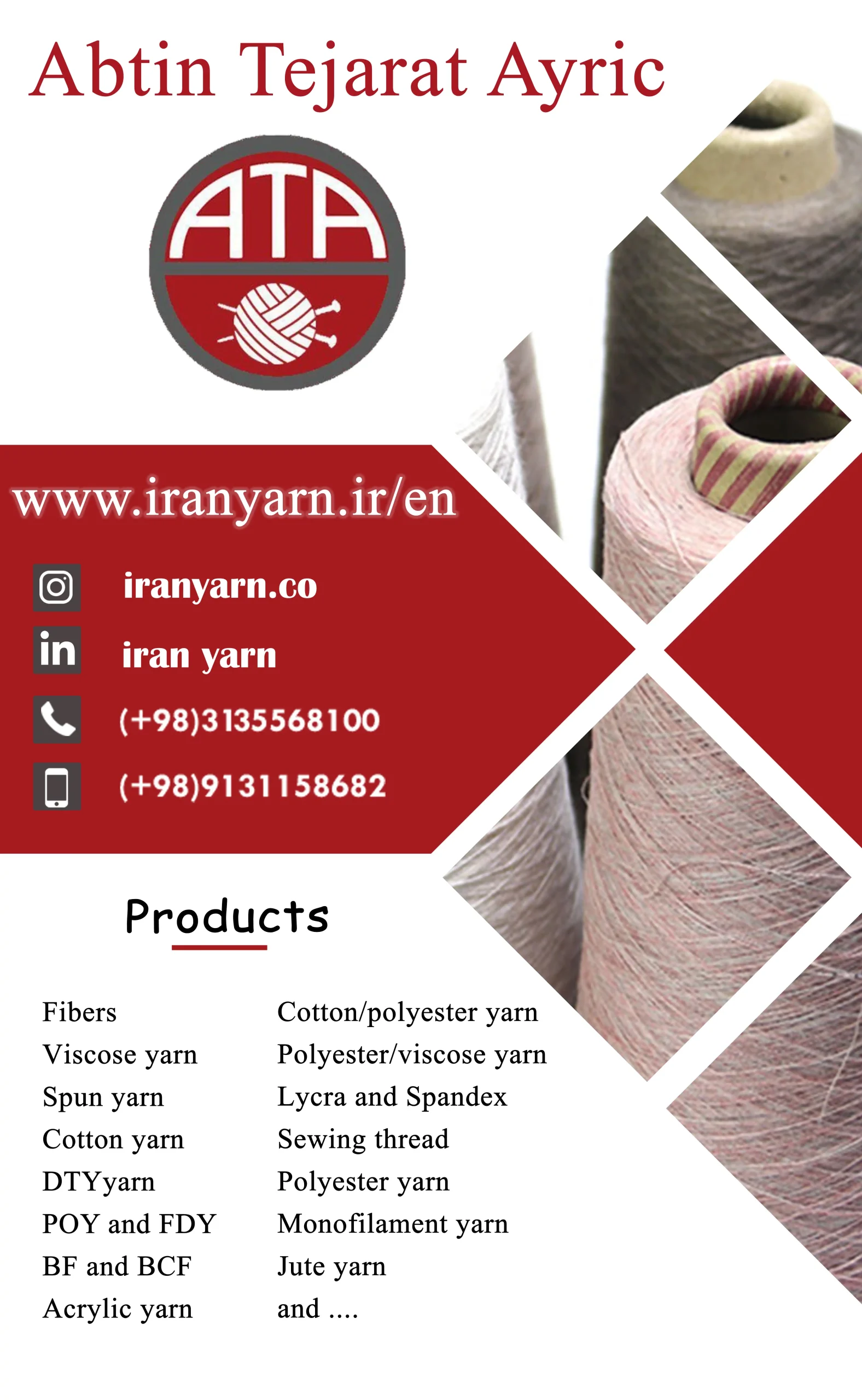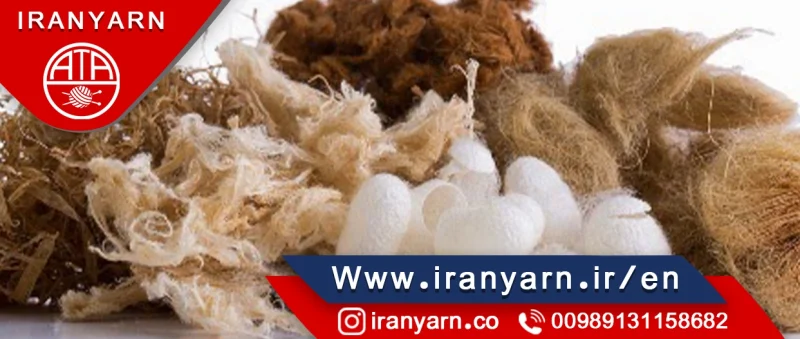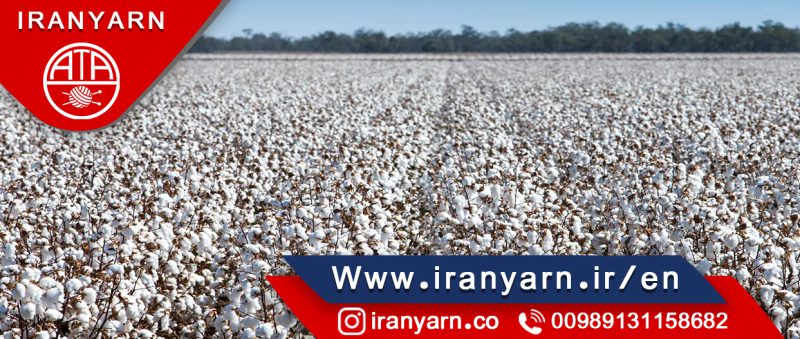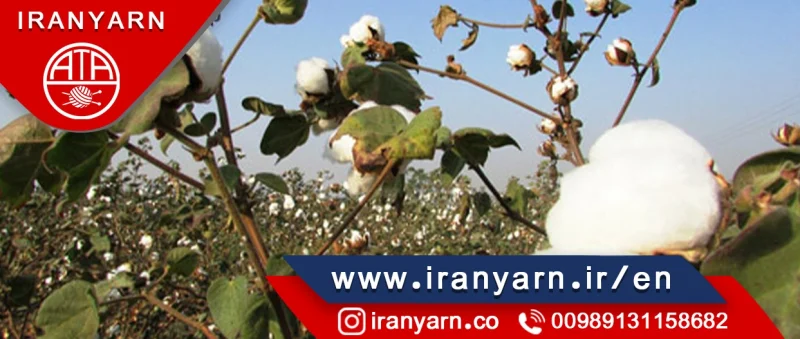Polyester is a chemical term which can be broken into poly, meaning many, and ester, a basic orga chemical compound. The principle ingredient used in the manufacture of polyester is ethylene, which is derived from petroleum.
Polyester is manufactured by one of several methods which the one is used depends on the form the finished polyester will take. The four basic forms are filament, staple, tow, and fiberfill. In the filament form, each individual strand of polyester fiber is continuous in length, producing smooth-surfaced fabrics. In staple form, filaments are cut to short, predetermined lengths. In this form polyester is easier to blend with other fibers. Tow is a form in which continuous filaments are drawn loosely together. Fiberfill is the voluminous form used in the manufacture of quilts, pillows, and outerwear. The two forms used most frequently are filament and staple.
Manufacturing Filament Yarn
Polymerization: At the first step, to form polyester, monomers are combined together. For instance, dimethyl terephthalate is reacted with ethylene glycol in the presence of a catalyst at a temperature of 150-210°C. The resulting chemical, is combined with terflatic acid and raised to temperature of 280°C. Newly-formed solution, which is clear and molten, is extruded through a slot to form ribbons. At the third stage these ribbons get cold and they are cutted into small granules.
Melt spinning: Polymer granules are melted at 260-270°C to form an appropriate solution for injection. The solution is moved to spinneret and considering its tiny holes, polymer is produced. At the spinning stage, other chemicals may be added to the solution such as flameproof, antistatic and etc.
Drawing the fiber: When polyester emerges from the spinneret, it is soft and easily elongated up to 5 times its original length. The stretching forces the random polyester molecules to align in a parallel formation. This time, the fibers become solid and strong instead of becoming brittle. Finally, the fibers are wrapped around the spindle.
Manufacturing Staple Fiber
In making polyester staple fiber, polymerization, drying, and melt spinning (steps 1-4 above) are much the same as in the manufacture of filament yarn. However, the spinneret has many more holes when the product is staple fiber.
- Drawing tow: Newly-formed tow is quickly cooled in cans that gather the thick fibers. Several lengths of tow are gathered and then drawn on heated rollers to 3 or 4 times their original length.
- Crimping: Drawn tow is then compressed, which force the fibers to fold like a spring. This process helps the fiber hold together during the later manufacturing stages.
- Setting: in this stage, it is heated at 100-150°C to completely dry the fibers and set the crimp.
- Cutting: Following heat setting, tow is cut into shorter lengths and depending on the application it is cutted into pieces in various size.
